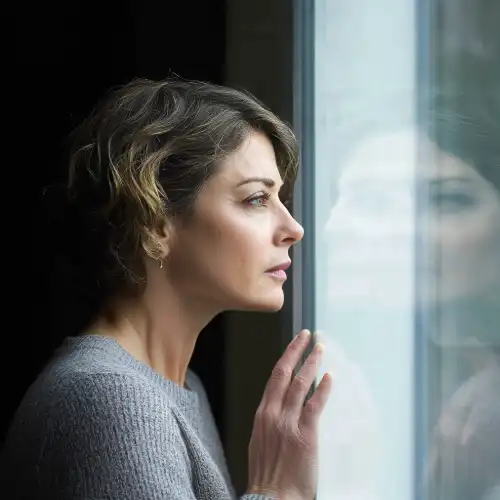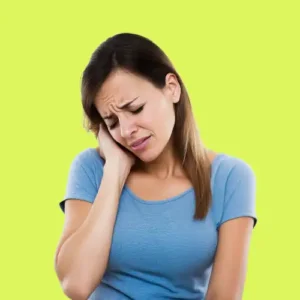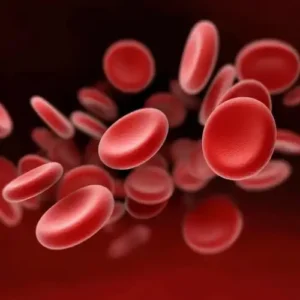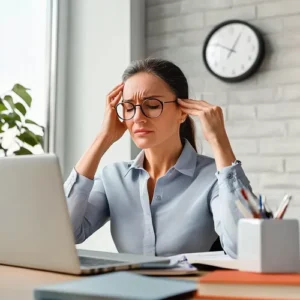High blood pressure, also known as hypertension, is a silent killer. It often has no symptoms yet significantly increases the risk of heart attacks, strokes, and other health complications. While high blood pressure affects both men and women, research shows it can be particularly hazardous for women, especially after menopause. This article explores the unique risks women face and why regular blood pressure screening is vital.
Why Post-Menopausal Women Are Most at Risk
After menopause, which averages around age 51 in the UK, women are more likely to develop high blood pressure than men of the same age. In fact, hypertension affects a staggering 3 in 4 women over 60.
The drop in estrogen levels after menopause contributes to high blood pressure in several ways:
- Increased salt sensitivity
- Weight gain
- Higher levels of hormones like renin and androgens
- Decreased sensitivity to insulin
On top of that, the stress and sleep disturbances associated with menopause can also raise blood pressure. Women dealing with night sweats, hot flashes, anxiety and insomnia may see a spike in readings.
On top of that, high blood pressure symptoms like hot flashes, chest pain, and palpitations mimic menopausal symptoms. As a result, doctors may overlook hypertension and attribute these warning signs to stress or menopause. Failing to diagnose and treat high blood pressure puts women at greater risk.
The Dangers of “Nondipping” Blood Pressure
Typically, blood pressure dips at night while we sleep. This gives vital organs a rest from the constant high pressure pumping through the circulatory system.
However, many postmenopausal women experience “nondipping” blood pressure, meaning it stays elevated around the clock. For unclear reasons, nondipping takes a greater toll on women’s health than men’s.
Continuously high pressure can accelerate organ damage, raising the risks of heart disease, stroke, kidney failure, and dementia. Still, women often receive less aggressive treatment than men, resulting in poorly controlled hypertension.
Doctors aren’t entirely sure why nondipping disproportionately harms women. One theory points to hormones. The same estrogen deficiency that leads to high blood pressure may also blunt the mechanisms that normally lower readings at night. More research is needed to pinpoint the reasons behind this gender disparity.
Don’t Ignore These Warning Signs
While most people with high blood pressure have no symptoms, possible signs include:
- Headaches
- Vision changes
- Shortness of breath
- Chest pain
- Confusion
- Palpitations
- Night sweats
- Abdominal pain
People describe headache pain from hypertension as a dull ache or pressure, rather than throbbing pain. Vision changes may consist of blurry vision or seeing spots.
If your top blood pressure reading reaches 180 or higher, or your bottom number hits 120 or higher, seek emergency care, especially if you experience other concerning symptoms like chest pain.
Even slightly elevated readings in the absence of symptoms warrants medical follow up. Untreated high blood pressure allows silent damage to accumulate.
Take Charge of Your Heart Health
Too many women overlook this silent threat to their wellbeing. Don’t assume you’re in the clear just because you feel fine. Schedule an appointment to get your blood pressure evaluated soon, and continue monitoring it regularly thereafter.
Many pharmacies and GP offices offer free screenings. You can also purchase an at-home blood pressure cuff.
A healthy blood pressure helps ensure a healthy heart. Take charge of your heart health, especially as you age, by making blood pressure checks a priority. Your future self will thank you.
Photo by Anthony Cunningham for Zoom Health UK
Zoom Health is a leading UK supplier of Home Health Tests and Earplugs
This post was originally published in 2023. It was last updated in January 2025.





